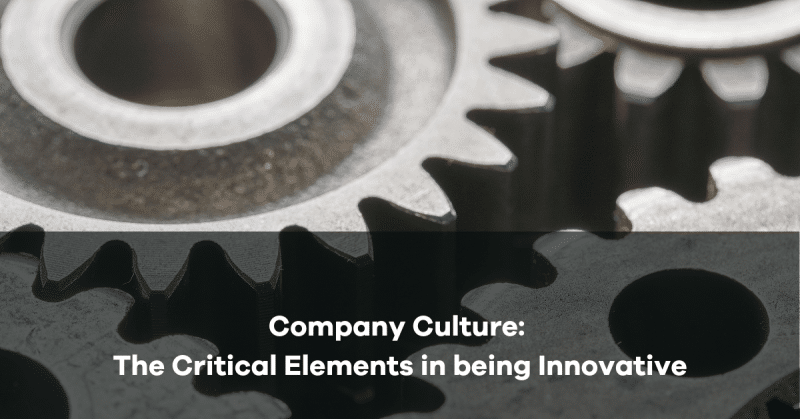Having the right employees beautifully matched to your organisation’s purpose is the perfect situation. Right?
If only it was that easy. When there is a mismatch between people and purpose the explanation could be wrong purpose or wrong people.
Let’s unpack purpose from the perspectives of the organisation and its people.
Business-as-usual: people and purpose
An organisation’s purpose gives meaning to why it exists. When employees see a powerful purpose but constantly hit barriers, when their ideas are not considered and feel unable to work effectively, they get frustrated, lose motivation and overall performance and customer experience suffers.
In this situation the organisation’s perspective will be – we have the right purpose but not the right people. The employee perspective will be – the organisation is not true to its purpose; I feel underutilised and disconnected.
Taking the organisation’s perspective: (the people are not a good fit for the organisation’s purpose) be mindful of your capacity to attract and afford top talent. Choices need to be made and a good understanding of the few capabilities at which the organisation must excel to achieve its purpose is key! Decide which roles need the best talent and which will be suitable for all-rounder generalists. Also, consider how the use of technologies can mesh with your people and where some outsourcing of talent might also be an option (for specific tasks/projects).
Taking the peoples perspective: (purpose is wrong for my talent) allow your people to achieve everything your purpose demands. The role of leaders in organisations is to remove the roadblocks and silos, get out of the way and let people excel. Facilitate cross-fertilisation of ideas, give them the time, resources and attention they need to cultivate and test new ideas. Ways to assist, set aside a day, time, a place for innovation hubs/teams which draws people from different teams (marketing, finances, sales etc) to meet and collaborate on new ideas.
Recruitment: People and purpose
When organisations recruit, the thought processes go something like this…Our organisation does X, our purpose is the reason we exist, and it gives us our identity. We need people who fit the mould of our corporate identity.
When individuals consider applying for roles advertised, the thought processes go something like this…The organisation sounds like an exciting place to work and that role looks interesting. I have the skills and experience to do that job as well as ideas I can contribute.
Recruiting the right talent for the right purpose requires not only investing in the capabilities they have at the time you employ them, but also investing in their capability growth and your purpose. Re-examining organisation purpose on an annual basis is a worthwhile activity to be sure the “two rights” for business success are holding up.
For a health check on the two rights:
- Put your purpose statement alongside a competitor’s. Would your people know which one was yours?
- Ask your people to articulate the organisation’s purpose in 20 words or less. How many would get it right?






